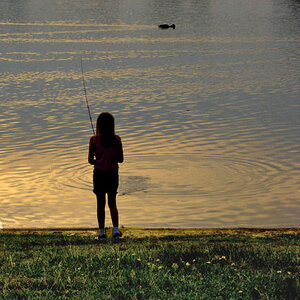ann
No longer a newbie, moving up!
- Joined
- May 14, 2007
- Messages
- 4,263
- Reaction score
- 189
- Can others edit my Photos
- Photos NOT OK to edit
Any thoughts on these options.
Please don't get started with raw vs jpeg's ; i am very well aware of the pros and cons .
Years ago with my first digital camera, a d100 i used Tiff all the time as I wasn't aware of the advantages of RAW. Later on I did shot in that mode, and lately with my d700 I have been using both.
Some how earlier today it crossed my mind just what would be the pros and cons of tiff over raw, if any. Getting ready to pull out google, but wondered if any serious workers here have considered this as an option?
Does anyone know, if shooting in tiff mode provides 16bit files?
Just as a point of interest, google bought up this same question in 2010 but not much discussion.
Please don't get started with raw vs jpeg's ; i am very well aware of the pros and cons .
Years ago with my first digital camera, a d100 i used Tiff all the time as I wasn't aware of the advantages of RAW. Later on I did shot in that mode, and lately with my d700 I have been using both.
Some how earlier today it crossed my mind just what would be the pros and cons of tiff over raw, if any. Getting ready to pull out google, but wondered if any serious workers here have considered this as an option?
Does anyone know, if shooting in tiff mode provides 16bit files?
Just as a point of interest, google bought up this same question in 2010 but not much discussion.
Last edited:



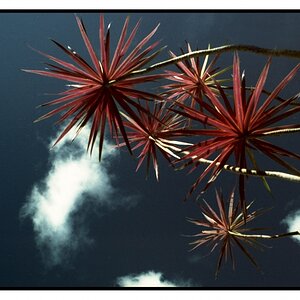
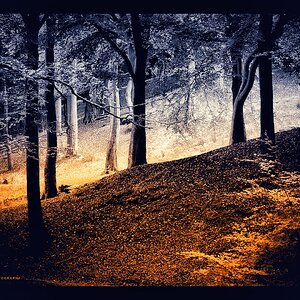
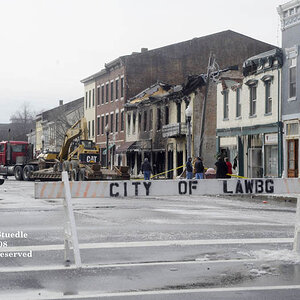


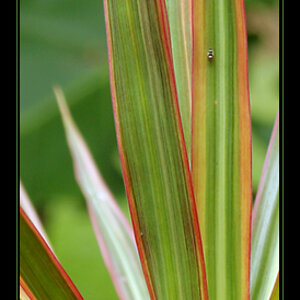
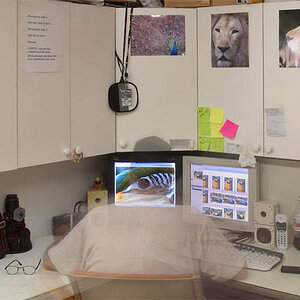
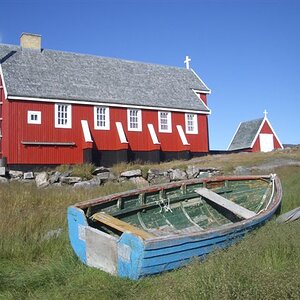
![[No title]](/data/xfmg/thumbnail/41/41898-2c70795ddfa6b397714acc28e3e5d36f.jpg?1619739936)
